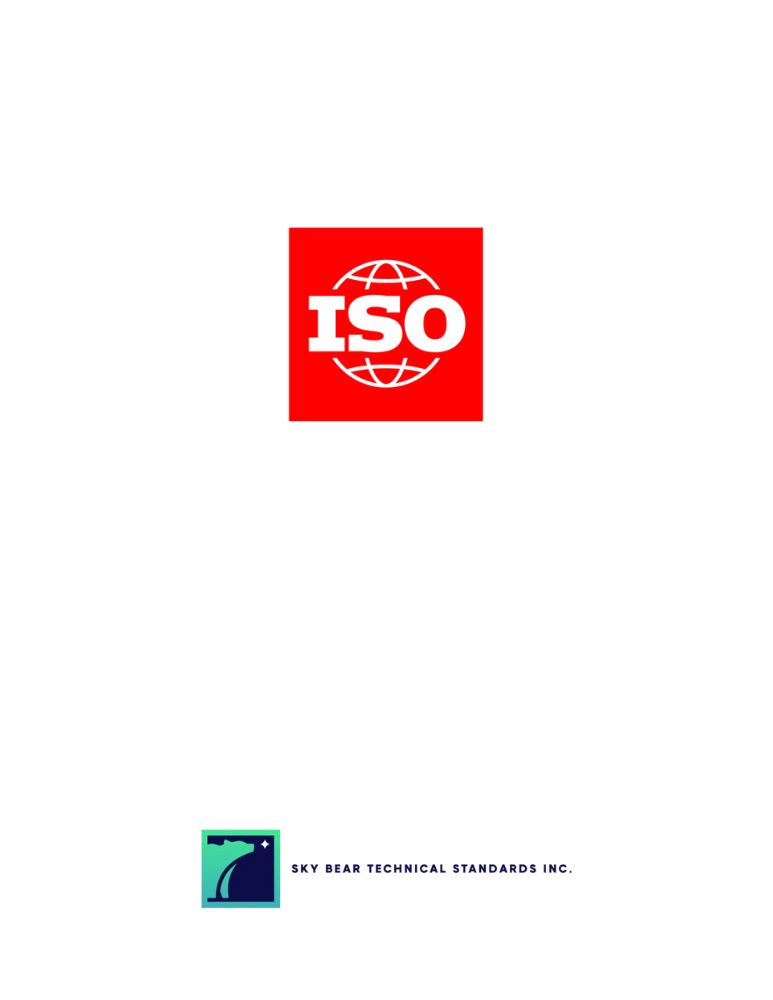Your cart is currently empty!

ISO 20816:2020
ISO 20816:2020 Mechanical vibration – Measurement and evaluation of machine vibration – Part 9: Gear units
CDN $233.00
Description
This document specifies requirements for determining and classifying mechanical vibration of individually housed, enclosed, speed increasing or speed reducing gear units. It specifies methods for measuring housing and shaft vibrations, and the types of instrumentation, measurement methods and testing procedures for determining vibration magnitudes. Vibration grades for acceptance are included.
Torsional vibration measurements are outside the scope of this document.
It applies to a gear unit operating within its design speed, load, temperature and lubrication range for acceptance testing at the manufacturer’s facility. By agreement between manufacturer and customer and/or operator, it can be used for guidelines for on-site acceptance testing and for routine operational measurements.
This document applies to gear units of nominal power rating from 10 kW to 100 MW and nominal rotational speeds between 30 r/min and 12 000 r/min (0,5 Hz to 200 Hz).
This document does not apply to special or auxiliary drive trains, such as integrated gear-driven compressors, pumps, turbines, etc., or gear type clutches used on combined-cycle turbo generators and power take-off gears.
The evaluation criteria provided in this document can be applied to the vibration of the main input and output bearings of the gearbox and to the vibration of internal shaft bearings. They can have limited application to the evaluation of the condition of those gears. Specialist techniques for evaluating the condition of gears are outside the scope of this document.
This document establishes provisions under normal steady-state operating conditions for evaluating the severity of the following in-situ broad-band vibration:
a) structural vibration at all main bearing housings or pedestals measured radially (i.e. transverse) to the shaft axis;
b) structural vibration at thrust bearing housings measured in the axial direction;
c) vibration of rotating shafts radially (i.e. transverse) to the shaft axis at, or close to, the main bearings;
d) structural vibration on the gear casing.
NOTE Vibration occurring during non-steady-state conditions (when transient changes are taking place), including run up or run down, initial loading and load changes are outside the scope of this document.
Edition
1
Published Date
2020-06-16
Status
PUBLISHED
Pages
19
Format 
Secure PDF
Secure – PDF details
- Save your file locally or view it via a web viewer
- Viewing permissions are restricted exclusively to the purchaser
- Device limits - 3
- Printing – Enabled only to print (1) copy
See more about our Environmental Commitment
Abstract
This document specifies requirements for determining and classifying mechanical vibration of individually housed, enclosed, speed increasing or speed reducing gear units. It specifies methods for measuring housing and shaft vibrations, and the types of instrumentation, measurement methods and testing procedures for determining vibration magnitudes. Vibration grades for acceptance are included.
Torsional vibration measurements are outside the scope of this document.
It applies to a gear unit operating within its design speed, load, temperature and lubrication range for acceptance testing at the manufacturer's facility. By agreement between manufacturer and customer and/or operator, it can be used for guidelines for on-site acceptance testing and for routine operational measurements.
This document applies to gear units of nominal power rating from 10 kW to 100 MW and nominal rotational speeds between 30 r/min and 12 000 r/min (0,5 Hz to 200 Hz).
This document does not apply to special or auxiliary drive trains, such as integrated gear-driven compressors, pumps, turbines, etc., or gear type clutches used on combined-cycle turbo generators and power take-off gears.
The evaluation criteria provided in this document can be applied to the vibration of the main input and output bearings of the gearbox and to the vibration of internal shaft bearings. They can have limited application to the evaluation of the condition of those gears. Specialist techniques for evaluating the condition of gears are outside the scope of this document.
This document establishes provisions under normal steady-state operating conditions for evaluating the severity of the following in-situ broad-band vibration:
a) structural vibration at all main bearing housings or pedestals measured radially (i.e. transverse) to the shaft axis;
b) structural vibration at thrust bearing housings measured in the axial direction;
c) vibration of rotating shafts radially (i.e. transverse) to the shaft axis at, or close to, the main bearings;
d) structural vibration on the gear casing.
NOTE Vibration occurring during non-steady-state conditions (when transient changes are taking place), including run up or run down, initial loading and load changes are outside the scope of this document.
Previous Editions
Can’t find what you are looking for?
Please contact us at:
Related Documents
-

ISO 80000:2025 Quantities and units – Part 13: Information science and technology
CDN $203.00 Add to cart -

ISO 4006:1991 Measurement of fluid flow in closed conduits – Vocabulary and symbols
CDN $351.00 Add to cart -

ISO 15424:2025 Information technology – Automatic identification and data capture techniques – Data carrier identifiers (including symbology identifiers)
CDN $233.00 Add to cart -

ISO 20537:2025 Footwear – Identification of defects during visual inspection – Vocabulary
CDN $273.00 Add to cart







